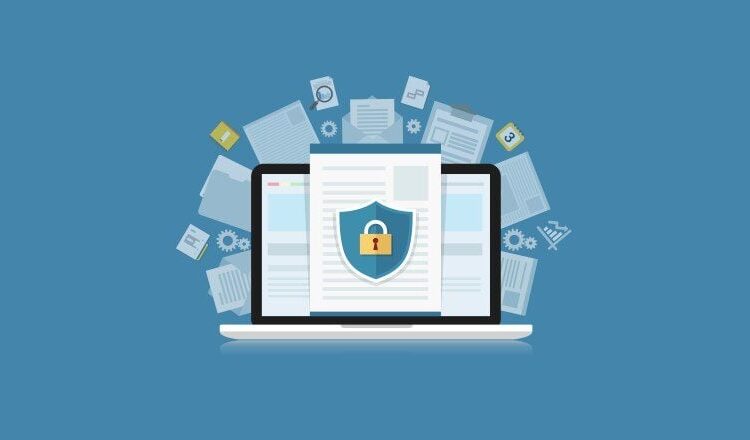
Introduction
Navigating the intricacies of IP blacklist removal highlights the significance of comprehending IP blacklisting. This article elucidates the concept and its implications, offering guidance for those facing blacklisting. Let’s delve into this crucial aspect of network security. Learn how to download IP address block list
Defining IP Addresses
IP addresses, numerical labels assigned to network-connected devices, are managed by the Internet Assigned Numbers Authority (IANA) under ICANN. They facilitate accessibility and security online. Registering a domain involves a registrar paying ICANN fees.
What is IP Blacklisting?
IP blacklisting serves as a fundamental security measure aimed at obstructing unauthorized or malicious IP addresses from accessing a network. Blacklists comprise collections of IP addresses earmarked for blocking, either in entirety or individually. These lists work in tandem with firewalls, intrusion prevention systems (IPS), and similar traffic filtering tools.
Filtering Malicious Traffic
The creation and application of blacklists empower organizations to filter out malicious traffic based on predefined policies or by manually adding IP addresses to the blacklist. Many security tools can dynamically update blacklists by incorporating new addresses as they are identified through external references or event analysis.
Challenges with Blacklisting IP Addresses:
Inaccurate IP Detection:
When multiple individuals share the same IP address, identifying the specific user becomes challenging. Dynamic IP assignment further complicates matters, potentially leading to blocking legitimate users while attempting to thwart abusive behavior.
False Positives:
Blacklists may inadvertently flag legitimate users, causing disruptions in productivity. Although unrelated to security threats, false positives can significantly impact operational efficiency.
Changing IP Addresses:
Attackers frequently evade blacklisting by regularly changing their IP addresses. This practice makes it arduous to track and prosecute offenders, as they can swiftly switch addresses to avoid detection.
Botnet Exploitation:
Cybercriminals leverage botnets, comprising thousands to millions of compromised devices, to orchestrate attacks using constantly changing IP addresses. The sheer scale and dynamic nature of botnets render traditional IP blacklists ineffective.
IP Spoofing:
Attackers employ IP spoofing to mask their true identity by making it appear as though they are connecting via a different IP address. This tactic enables them to bypass blacklists while maintaining anonymity, complicating efforts to identify and mitigate threats.
Mitigating the Risk of Blacklisting
To avoid being blacklisted, organizations can take proactive measures:
- Strengthen Passwords: Utilize secure passwords comprising a combination of lowercase and uppercase characters, symbols, and numbers to thwart dictionary attacks.
- Restrict Email Relaying: Prevent unauthorized email relaying, as open relays are often exploited by attackers.
- Implement SPF Records: Deploy Sender Policy Framework (SPF) records to authenticate email sources and mitigate spoofing attacks.
- Enable SSL: Activate Secure Sockets Layer (SSL) encryption to secure data transmitted between servers and mail clients.
Additionally, organizations can:
- Employ trusted hosts and dedicated IPs for SMTP filtering.
- Configure firewalls to block outbound port 25 traffic.
- Opt for reputable IP addresses.
- Implement Domain Keys Identified Mail (DKIM) for email authentication.
Conclusion
Incorporating IP blacklisting and implementing robust security measures can safeguard networks against evolving cyber threats. By understanding the intricacies of IP blacklisting and adopting proactive strategies, organizations can fortify their defenses and protect critical digital assets effectively.




